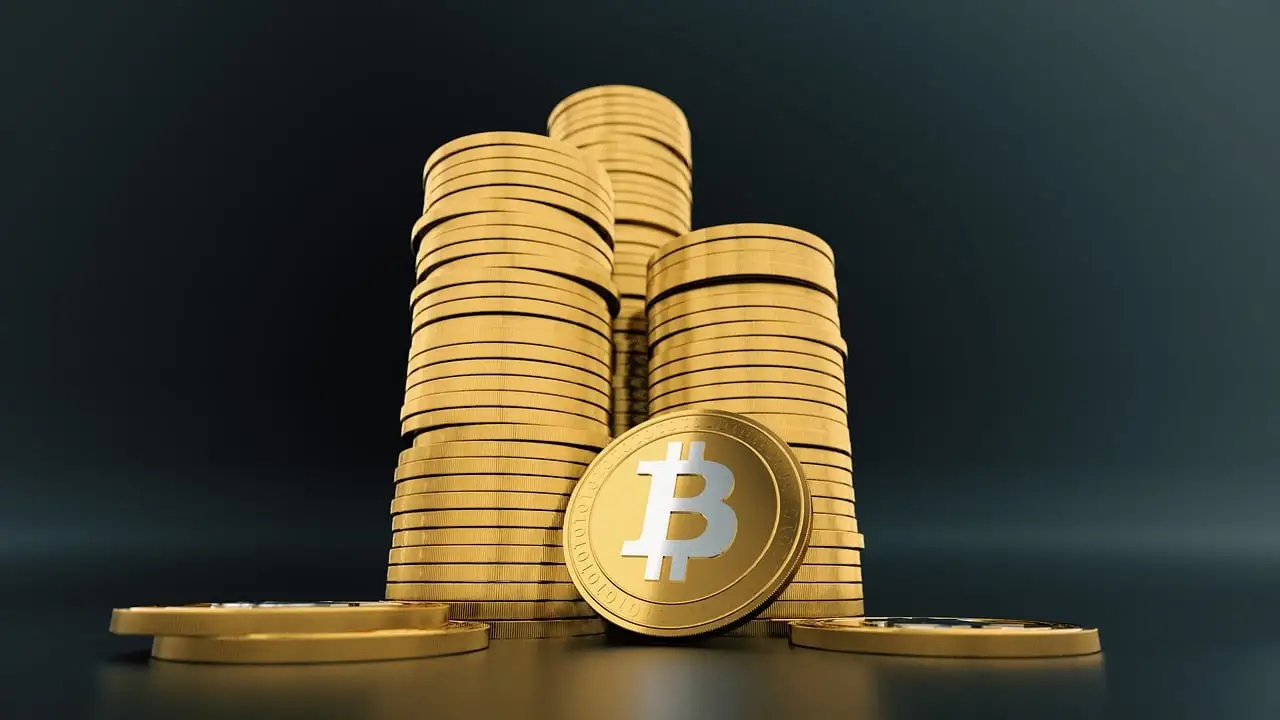U.S. Treasury Labels Bitcoin as “Digital Gold”
09.12.2024 12:00 1 min. read Alexander Stefanov
The U.S. Treasury Department has recently highlighted Bitcoin's evolving role, drawing comparisons between the cryptocurrency and "digital gold."
This observation underscores Bitcoin’s growing position as a store of value within the decentralized finance (DeFi) ecosystem, as interest in digital assets like Bitcoin, Ethereum, and stablecoins continues to rise.
The Treasury acknowledged that while digital assets are expanding quickly, their market size remains relatively small in comparison to traditional financial markets. The report emphasized that digital asset adoption primarily stems from investment-driven interest, with speculative activity playing a significant role in market growth.
Bitcoin’s emergence as a store of value, much like gold, was a key focus of the Treasury’s report. While Bitcoin has attracted attention as a speculative asset, it is increasingly being seen as a hedge against inflation and economic instability, further enhancing its appeal.
The report also noted the ongoing efforts to harness blockchain and distributed ledger technologies (DLT) to enhance financial market processes such as clearing and settlement.
Despite the continued rise of digital assets, the Treasury pointed out that demand for Treasury securities has remained strong, indicating that the growth of digital assets has not diminished interest in traditional financial instruments.
-
1
Strategy Claims It Can Weather a Bitcoin Crash to $20K Without Trouble
16.07.2025 14:08 1 min. read -
2
Peter Schiff Warns of Dollar Collapse, Questions Bitcoin Scarcity Model
12.07.2025 20:00 1 min. read -
3
Corporate Bitcoin Adoption Soars: 125 Public Companies Now Hold BTC
16.07.2025 20:00 2 min. read -
4
Bitcoin ETFs See $1B Inflow as IBIT Smashes Global AUM record
11.07.2025 21:00 1 min. read -
5
Bitcoin Reaches $119,000 Milestone as Corporate Demand and ETF Inflows Rise
13.07.2025 17:45 2 min. read
Where Is The Smart Entry Point For Bitcoin Bulls?
With Bitcoin hovering near $119,000, traders are weighing their next move carefully. The question dominating the market now is simple: Buy the dip or wait for a cleaner setup?
Matrixport Warns of Bitcoin Dip After Hitting This Target
Bitcoin has officially reached the $116,000 milestone, a level previously forecasted by crypto services firm Matrixport using its proprietary seasonal modeling.
Bitcoin Risk Cycle Flips Again as Market Enters Safer Zone
Bitcoin’s market signal has officially shifted back into a low-risk phase, according to a new chart shared by Bitcoin Vector in collaboration with Glassnode and Swissblock.
Robert Kiyosaki Warns of 1929-Style Crash, Urges Bitcoin Hedge
Financial author Robert Kiyosaki is once again sounding the alarm on America’s economic health.
-
1
Strategy Claims It Can Weather a Bitcoin Crash to $20K Without Trouble
16.07.2025 14:08 1 min. read -
2
Peter Schiff Warns of Dollar Collapse, Questions Bitcoin Scarcity Model
12.07.2025 20:00 1 min. read -
3
Corporate Bitcoin Adoption Soars: 125 Public Companies Now Hold BTC
16.07.2025 20:00 2 min. read -
4
Bitcoin ETFs See $1B Inflow as IBIT Smashes Global AUM record
11.07.2025 21:00 1 min. read -
5
Bitcoin Reaches $119,000 Milestone as Corporate Demand and ETF Inflows Rise
13.07.2025 17:45 2 min. read


